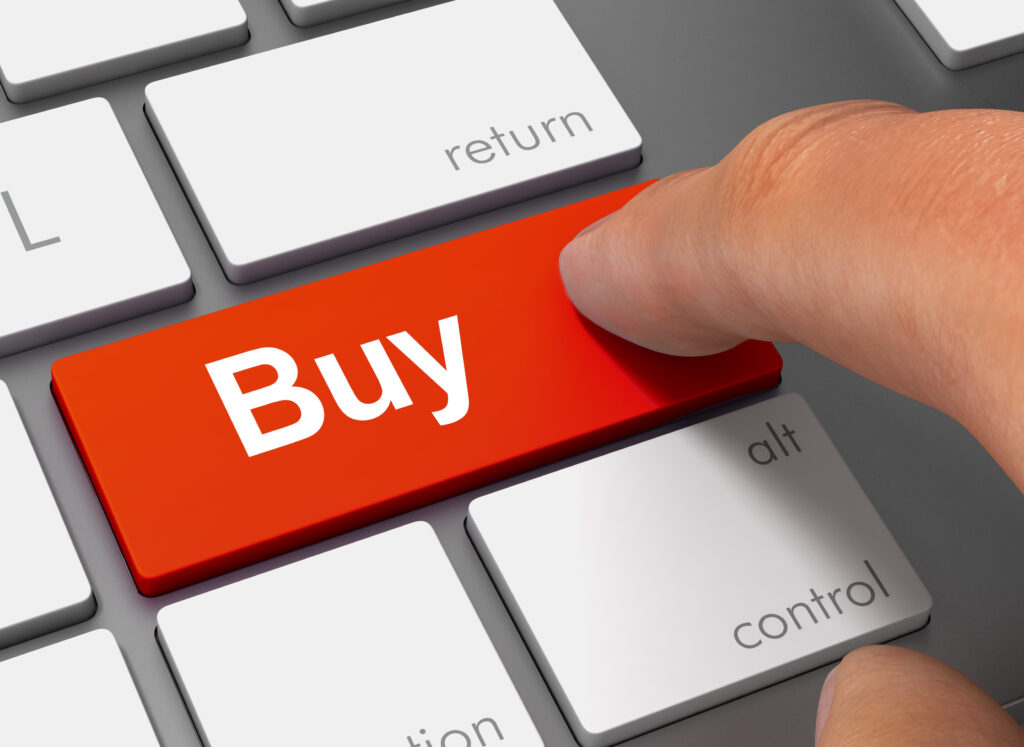How to Buy Passive Income: Mutual Funds/ETFs
Let’s say you read the article about earning passive income from stocks and don’t feel like you have the time to research companies to buy. You might think you need to pay a stock broker/financial advisor 2% of your assets to buy them for you. Fortunately there is a similar, cheaper option: Funds!
Investment managers plan to buy stocks, bonds, cryptocurrencies, commodities, etc and put together an attractive offering (prospectus) to investors which outlines what will be bought, how it will be managed, and how the investor profits from the investment. These investment products are called mutual funds or Exchange Traded Funds (ETFs) and their fees range from the previously mentioned 2% down to .01% or even 0%!
Mutual Funds
This is a basket of individual investments which is valued at a Net Asset Value (NAV), collective value of stocks/bonds/etc. net of expenses and divided by the number of shares, that is considered the price of the fund. These are priced at the end of the market day to capture the value of the NAV, thus it is only priced once a day after the market closes.
One benefit is you don’t need to worry about getting the “best” price on a given day, everyone who buys shares of the fund before the market closes gets that day’s price.

Typically, similar to money market accounts, there is an initial deposit between $1,000 and $100,000 depending on the fund.
You essentially own a share of a pie (mutual fund) and each slice or share has part of the ingredients (individual companies) that make up the pie. The investment managers will then pay out distributions to you in the form of dividends, capital gains, or return of capital on a monthly, quarterly, or annual basis depending on the fund. This is interesting because instead of you making the buy/sell decision of lots of different stocks, the investment manager will do that for you and send you returns in the form of cash just like a dividend.
You may be starting to see why this is attractive to a passive investor!
Exchange Traded Funds (ETFs)
Very similar to mutual funds!
One difference is that it trades like a stock, thus has 2 prices: NAV and a market price. NAV is calculated the same as a mutual fund but the market price, like most stocks, takes into consideration supply and demand (investor sentiment) so it’s possible to buy ETFs above/below their NAV which provides for some opportunistic trading.
That being said, you can buy ETFs by the share without an initial deposit like with the mutual fund (i.e. ETF $50/share vs Mutual Fund $3,000 initial deposit).
How does this grow my passive income?
Both Mutual funds and ETFs have different purposes for existing.
Some are geared towards being tax-efficient such as low income distributions and high price growth, others are specifically focused on providing high income, and others are focused on beating/safeguarding against inflation or the general market. As you buy more and more shares of the fund, your total “piece of the pie” will grow, qualifying you for more returns!

Purchasing more shares can happen through investing your own money and/or reinvesting the income received from the original shares to buy new shares. This is considered “compounding” when the new shares purchased are now producing income which can be used to buy more shares and so on!
Why would I want this passive income stream?
Instead of having to rely on your own analysis to find good stocks/bonds who are paying a decent dividend/interest income and knowing when to buy and sell them, mutual funds/ETFs will do the leg work for you and just send you the money! Your decision will be which investment product to BUY and let the professionals do the rest.
Also, depending on the fund you go with, the dividend or capital gain income can be tax-advantaged. The income is distributed into your account and, depending on your platform settings, is either put into a cash position (in your account or your bank account), reinvested into the same fund to buy more shares, or into another investment of your choosing.
Risks and Considerations
There are new products created every year by very good investment managers, however not all managers are right all the time. It is very normal for managers to have good years and bad years (a bad year could be the S&P 500 earning 20% and the manager earns 15% or it could be the S&P 500 losing -20% and the manager losing -25%).
Needless to say, picking the right investment product and manager is still very important. Due diligence is still necessary even if you are not choosing the underlying assets. Assessing the longevity of the fund, how you will be taxed on the income, the costs you’re being charged compared to peer products, the performance of the fund, and the managers who are making decisions are all your responsibility if you want to get the income.
Clicking the “buy” button and collecting the income puts the “fun” in funds, but you still need to ensure you are making a good investment decision for your circumstances.



